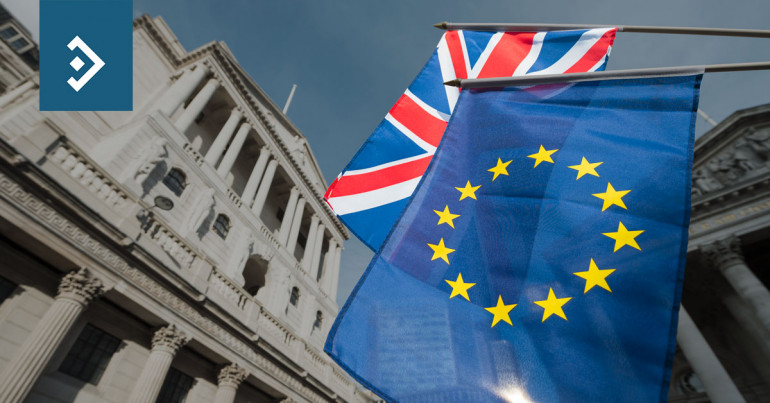
Conservative manifesto highlights Brexit
Morning mid-market rates – The majors
25th November: Highlights
- Sterling falls on weak data.
- Again, its data versus trade.
- Lagarde promotes internal market as global trade concern protection.
With Opposition unwilling to embrace Brexit, Conservatives see it as the “only game in town”
The Conservatives continued to “play the chequebook game”, offering tax cuts, more money for nurses etc. but the biggest deal for Boris Johnson is to get his withdrawal agreement back in front of MP’s to vote on before Christmas. This will make a departure date of 31st January eminently doable.
Again, the opposition Parties continued to say that the departure date is not actually the departure days since negotiations over trade will continue ad infinitum.
No one has taken the time to decide what exactly determines Brexit. It is likely that Brussels sees it as the time where they can “boot out” all those pesky UKIP members who keep stirring up other nationalist groups to consider their way of thinking
Last week ended with some poor economic data from the UK, as both manufacturing and services output weakened considerably. Services had been something of a saving grace, performing better despite the Brexit pressure exerted by Paris and Frankfurt.
Services output fell to its lowest level since august 2016, falling to 48.6 a significant contraction. Manufacturing has been struggling under the weight of Brexit uncertainty and that contracted too, falling to 49.3 having fallen to 49 last month.
The pound was marginally weaker versus the dollar, falling to 1.2820 and closing at 1.2836. Those were its absolute low and low close for the week.
Considering your next transfer? Log in to compare live quotes today.
Manufacturing and services output both “in the green”
Taking Friday’s economic releases into consideration. Markit PMIs are one of the only like-for-like data points that are released on a monthly basis. Even GDP is not consistently calculated, and, in any case, that is released quarterly although there are monthly number available to anyone interested.
Friday’s data did give a boost to the dollar, but it was tempered by the trade talks which refers to the dollar’s status as the global reserve currency, and the issues still dogging the President.
The dollar index ended the week at the top of the week’s range. It closed at 98.25 having reached 98.31 earlier in the day.
Next week sees the release of Q3 GDP data. The market is currently expecting a 1.9% increase YoY. There are rumours that it may be appreciably lower. That may set the cat among the dollar’s proverbial pigeons.
That having been said and failing a shock in the GDP, it will take one of three things for the dollar index to move out of the 97.20/99.20 range; 1) major event on trade, 2) a major event on Trump, or 3) a major monetary policy of political event in the Eurozone.
Until one of those happens it will continue to trade an ever-tighter range as the year runs down, but let’s get GDP out of the way first.
Now walk the walk
She will have caused a certain smile to break out in Rome as she called upon greater public investment to be undertaken by European Governments. “If only we had the room” Italians in the audience were heard to utter.
She went on to say that European Governments should also boost innovation and growth but appeared to pay homage to the empty cupboard theory as she failed to say that the ECB could help in any way.
The most pertinent takeaway from Lagarde’s speech was her call for the Eurozone to consider how it can boost internal trade to insulate itself from any fallout from the failure of trade talks between Washington and Beijing should that happen.
Having seen the data for Services reported earlier in the day, Lagarde also called upon the region to deepen and liberalize the market for banking, services and capital market products.
The manufacturing PMI data was marginally higher but remains deeply in contraction. The data for Germany which is often a greater bellwether than the entire region’s numbers recovered from its recent low and posted a read of 43.8 against a market expectation of 42.9 and last month’s truly abysmal 42.1.
The single currency fell to a low of 1.1014, closing at 1.1022. This was hardly surprising despite a monthly improvement in activity for both the zone and the U.S.
IFO data for Germany on Monday will likely exercise the market, but it is confidence data and German inflation figures later in the week that probably will have the most effect.

About Alan Hill
Alan has been involved in the FX market for more than 25 years and brings a wealth of experience to his content. His knowledge has been gained while trading through some of the most volatile periods of recent history. His commentary relies on an understanding of past events and how they will affect future market performance.”



